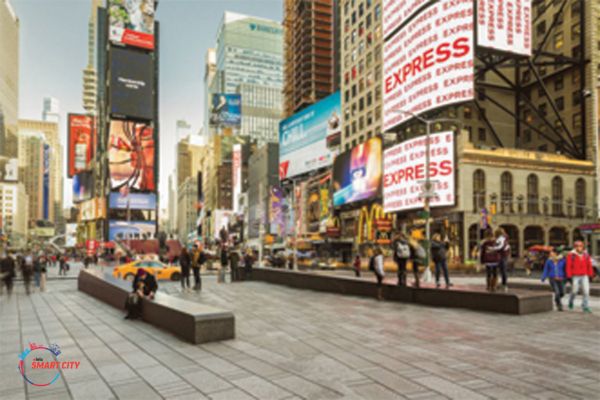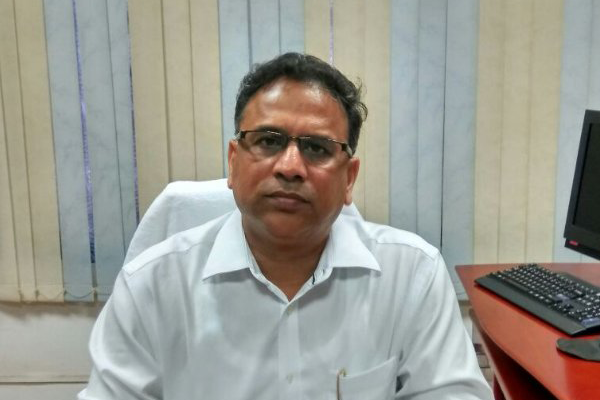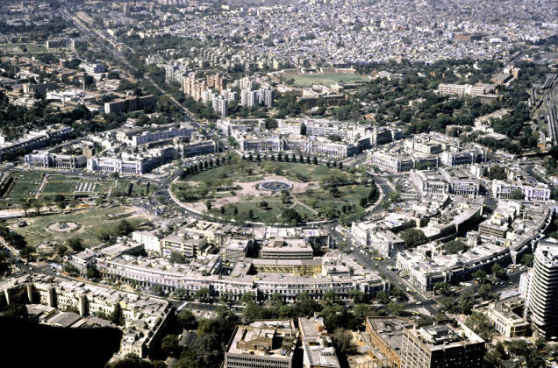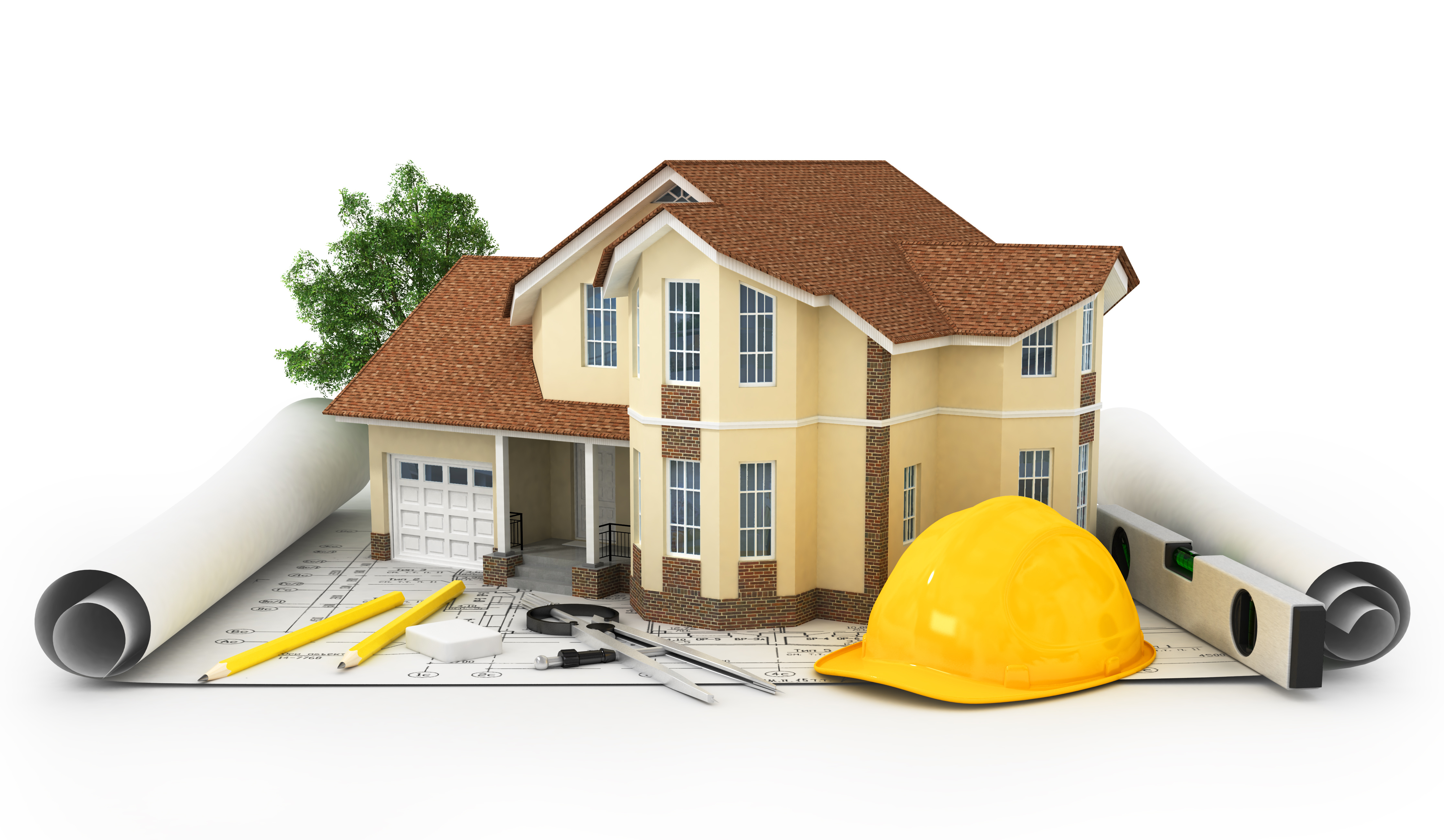
It is widely known that more than half of the global population is already urban, and the numbers are continuing to grow. In international debates, we often hear that cities must take action on climate change, disasters, social disparities, and other challenges. However, it is important to recognize that each city is comprised of individuals who, through their habits, actions, and interactions, shape the unique characteristics of their respective city. This implies that without involving the people, we have no chance of bringing about long-term change.
On one hand, this necessitates a “new old” understanding of what constitutes a city. Which places, functions, or memories are significant to particular residents or groups, and why? Within every city, there are sites that hold importance to people for various reasons. Perhaps a certain building holds historical significance for a nation or community, a specific street serves as a reminder of a significant event, or a temple or church holds great importance to a religious community. Previous research on such memory sites (Nora, 1989)¹ and the broader social production of space (Lefebvre, 1991)² have demonstrated the significance of fostering a sense of belonging.
On the other hand, this serves as a call to forge strong coalitions among urban stakeholders, including the administration, the business community, and civil society. However, it is not solely about these individuals, but also about their values, norms, and beliefs—their identities.
Being aware of which places are particularly meaningful to individuals and why can help transform cities into inclusive spaces for everyone, rather than just a select few. This awareness should encompass not only historical significance but also encompass the present and future. This knowledge provides us with a powerful tool to promote sustainability in cities: building coalitions and collaboratively developing plans necessitates open-mindedness and the ability to appreciate others’ perspectives. Understanding the importance of specific urban places or features to different individuals and the reasons behind it can guide collective action, fostering both cohesion and sustainability simultaneously.
This is a call to learn from the past and local urban identities. The return to the local, to urban communities as a social system, has been visible for quite some time now. It started almost sixty years ago with research on the decline of urban neighborhoods in US cities (Jacobs, 1961)³. The value of functioning urban neighborhoods is at the center of research and action today. Urban neighborhoods and community life are seen as a social safety net, even as first responders in case of a heat wave, an earthquake, or another disaster induced by natural hazards. Innovative planning approaches like the 15-minute city make localism and short distances the new paradigm, linking local value chains to neighborhood development and climate protection (Moreno et al., 2021)⁴. It is probably no coincidence that Paris is the forerunner of this development, a city known like few others for its urbanism. It shows that cities – in fact, any city – can continue to develop without losing their emblematic features, but on the contrary, build on them.
Even uncomfortable memories are memories. It’s not about erasing the past but reflecting on and learning from it. Urban spaces can also be an impetus for debate and reflection, inspiring action today (Sandholz, 2017)⁵. In many cities, there are critical debates about the naming of places or existing monuments. The point is not so much to destroy these memories but to question where further development – without erasing the past – is timely. Recently, Mexico City decided to swap a statue of Christopher Columbus on famous Reforma Avenue with a replica of a pre-Hispanic sculpture depicting an indigenous woman and move it to another less central place. Comparable things happen or have happened in other cities.
That way, new memories can and should be built and interwoven with old ones. This can involve new readings of history, as Mexico City shifted from the perspective of the colonizers to cherishing pre-Columbian cultures. There are also many examples of traditional customs and habits closely linked to environmental preservation or social services, such as collective management of urban green spaces or religious communities providing social services. While new traditions, values, and habits emerge, they can be informed by what has been there previously. Urban inhabitants can make use of collective knowledge and urban spaces, transforming them to respond to today’s challenges – social disparities and climate change being among them. A historic square could become an urban gardening project where different generations work together and share experiences while contributing to food security. Traffic calming of a street can make room for local activities and more social interaction, using community spaces and bringing joint activities and interaction back to a neighborhood while reducing emissions. This way, the urban arena is continuously filled with new life, knowledge, and memories, making cities fit for the future without losing their past.
Views expressed by Simone Sandholz, Head of Urban Futures and Sustainability Transformation Programme, United Nations University – Institute for Environment and Human Security (UNU-EHS)
References:
1- Jacobs, Jane (1961): The death and life of great American cities. Random House, New York
2- Lefebvre, Henri (1991): The production of space. Blackwell, Oxford
3- Moreno, Carlos; Allam, Zaheer; Chabaud, Didier; Gall, Catherine; Pratlong, Florent (2021): “Introducing the “15-Minute City”: Sustainability, Resilience and Place Identity in Future Post-Pandemic Cities” Smart Cities 4, no. 1: 93-111. https://doi.org/10.3390/ smartcities4010006
4- Nora, Pierre (1989): Between memory and history: les lieux de mémoire. Representations 26 (Special issue: memory and counter- memory):7–24
5- Sandholz, Simone (2017): Urban Centres in Asia and Latin America: Heritage and Identities in Changing Urban Landscapes. Springer/p>





















